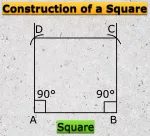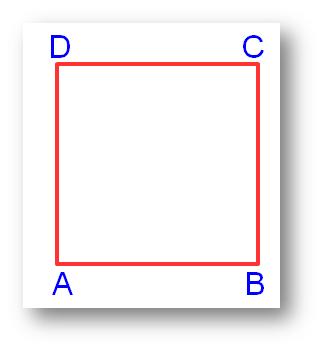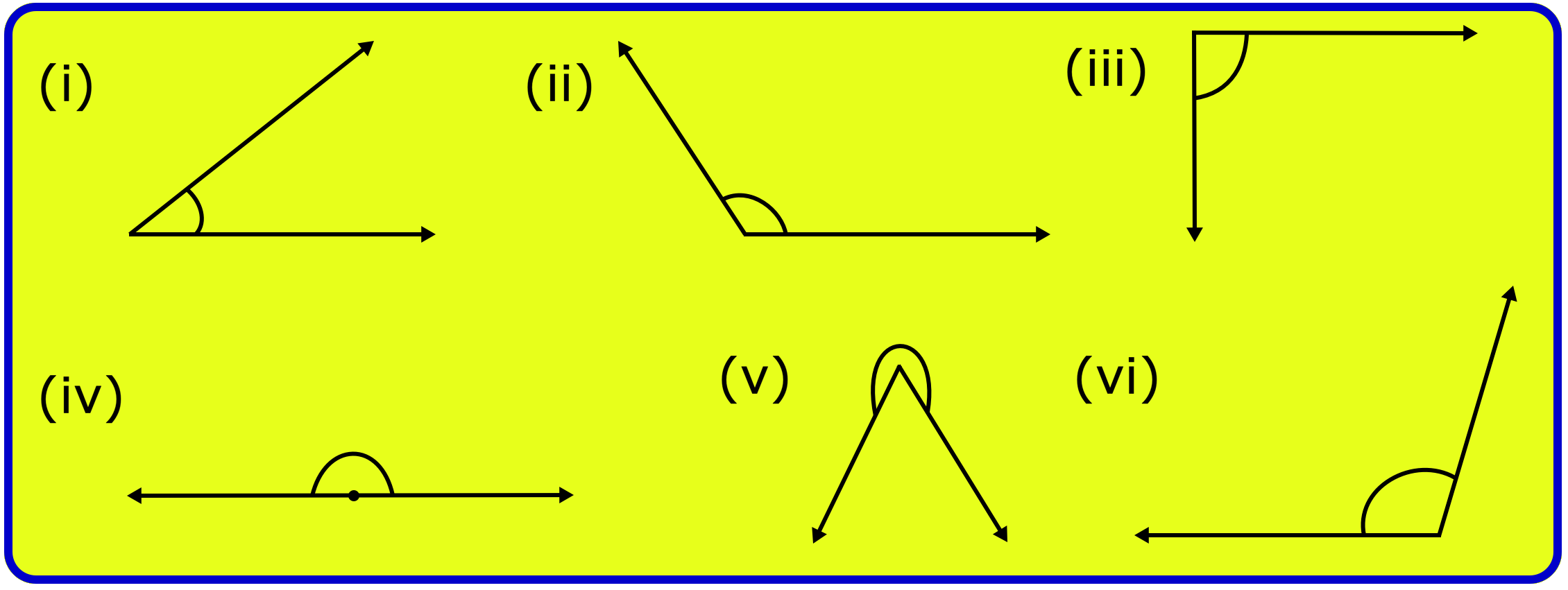Subscribe to our ▶️YouTube channel🔴 for the latest videos, updates, and tips.
Home | About Us | Contact Us | Privacy | Math Blog
Comparison between Simple Interest and Compound Interest
Comparison between Simple Interest and Compound Interest for the same principal amount.
Interest is of two kinds – Simple Interest and Compound Interest.
In the problems of interest, if the type of interest is not mentioned, we will consider it as simple interest.
If total interest on principal P for t years at r% per annum be I, then I = P×R×T100.
At r% per annum compound interest, if amount on Principal P for n years be A, then A = P(1+r100)n
Banks and Post office generally calculate interest in different manner.
Simple interest for 1 year is calculated, and then they find the amount. This amount becomes the principal for the next year. This calculation is repeated every year for which the principal amount is kept as deposit. The difference between the final amount and the original amount is the compound interest (CI).
In case of simple interest the principal remains the same for the whole period of loan but in case of compound interest, the principal changes every year.
1. Find the difference between compound interest and simple interest for a principal amount of $10000 for 2 years at 5% rate of interest.
Solution:
Given, simple interest for 2 years = 10000×5×2100
= $1000
Interest for the first year = 10000×5×1100
= $500
Amount at the end of first year = $10000 + $500
= $10500
Interest for the second year = 10500×5×1100
= $525
Amount at the end of second year = $10500 + $525
= $11025
Therefore, compound interest = A – P
= final amount – original principal
= $11025 - $10000
= $1025
Therefore, difference between compound interest and simple interest = $1025 - $1000
= $25
2. Jason lends $ 10,000 to David at the simple interest rate of 10% for 2 years and $ 10,000 to James at the compound interest rate of 10% for 2 years. Find the sum of money that David and James will return to Jason after 2 years to repay the loan. Who will pay more and by how much?
Solution:
For David:
Principal (P) = $ 10000
Rate of Interest (R) = 10%
Time (T) = 2 Years
Therefore, interest = I = P×R×T100
= 10000×10×2100
= $ 2000.
Therefore, amount A = P + I = $ 10000 + $ 2000 = $ 12000
Therefore David will repay $ 12,000 to Jason after 2 years.
For James:
Principal (P) = $ 10000
Rate of Interest (R) = 10%
Time (n) = 2 Years
From A = P (1+r100)n, we get
A = $ 10000 × (1+10100)2
= $ 10000 × (110100)2
= $ 10000 × (1110)2
= $ 100 × 121
= $ 12100
Therefore, James will repay $ 12,100.
Now, $ 12100 > $ 12000, so, James will pay more. He will pay $ 12100 - $ 12000, i.e., $ 100 more than David.
From Comparison between Simple Interest and Compound Interest to HOME PAGE
Didn't find what you were looking for? Or want to know more information about Math Only Math. Use this Google Search to find what you need.
Recent Articles
-
Formation of Numbers | Smallest and Greatest Number| Number Formation
Jul 15, 25 11:46 AM
In formation of numbers we will learn the numbers having different numbers of digits. We know that: (i) Greatest number of one digit = 9, -
Formation of Square and Rectangle | Construction of Square & Rectangle
Jul 15, 25 02:46 AM
In formation of square and rectangle we will learn how to construct square and rectangle. Construction of a Square: We follow the method given below. Step I: We draw a line segment AB of the required… -
5th Grade Quadrilaterals | Square | Rectangle | Parallelogram |Rhombus
Jul 15, 25 02:01 AM
Quadrilaterals are known as four sided polygon.What is a quadrilateral? A closed figure made of our line segments is called a quadrilateral. For example: -
5th Grade Geometry Practice Test | Angle | Triangle | Circle |Free Ans
Jul 14, 25 01:53 AM
In 5th grade geometry practice test you will get different types of practice questions on lines, types of angle, triangles, properties of triangles, classification of triangles, construction of triang… -
5th Grade Circle Worksheet | Free Worksheet with Answer |Practice Math
Jul 11, 25 02:14 PM
In 5th Grade Circle Worksheet you will get different types of questions on parts of a circle, relation between radius and diameter, interior of a circle, exterior of a circle and construction of circl…





New! Comments
Have your say about what you just read! Leave me a comment in the box below. Ask a Question or Answer a Question.